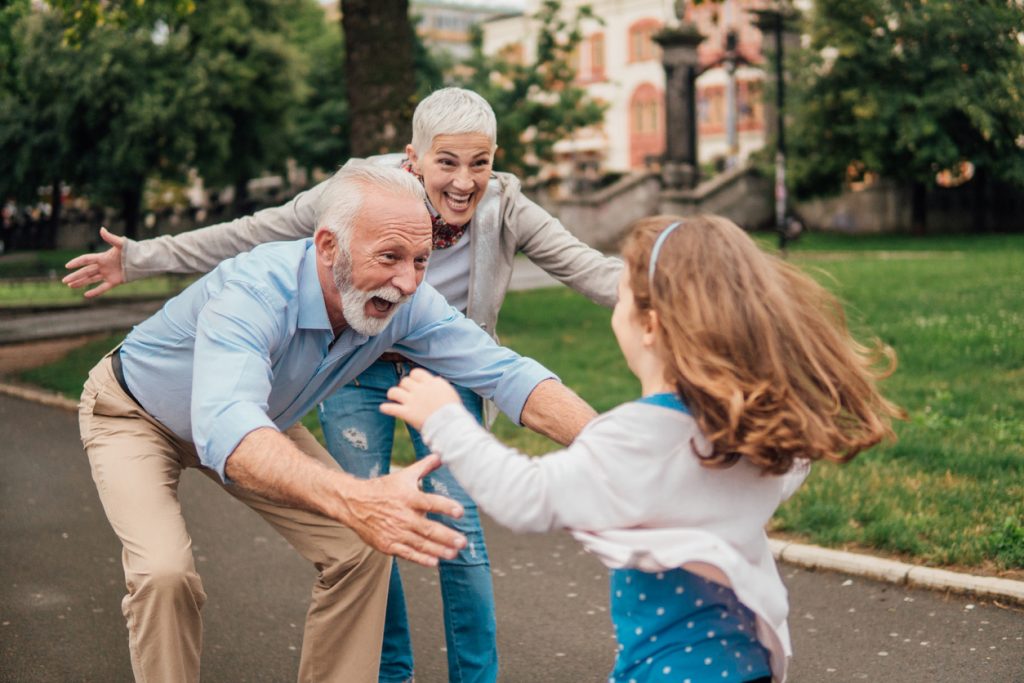Dr Claire Field, Post Doctoral Research Fellow in Philosophy, Faculty of Arts and Humanities

Today sees the long-awaited lifting of many COVID-19 restrictions in the UK. Most of us can now travel abroad, hug loved ones, and socialise indoors. Not long ago, this all seemed like a good idea, an overdue return to normality, and a sensible response to low case numbers – which only a few weeks ago were at their lowest since September. Many people are frustrated with the ongoing restrictions. This morning those responsible seem to have cold feet. Both Nicola Sturgeon and Boris Johnson are lifting restrictions while simultaneously urging caution, and various members of the SAGE advisory group expressed misgivings about relaxing restrictions on meeting indoors.
Sir Jeremy Farrar called the decision to lift restrictions “the most difficult policy decision in the last 15 months”. Was it the right one? Or should we have remained cautious a little longer? Was it reckless to lift restrictions?
If measuring risk were only about numbers of cases and deaths, then the decision may have been the right one. Cases are low, so the chances of spreading COVID-19 or overwhelming the NHS also seems low.
However, not only do actual numbers cases and deaths during lockdown not tell us much about what would happen after further reopening, but they do not give us the whole picture of how risky reopening would be once we factor in alternative ways of measuring risk.
Risk is traditionally understood in terms of probability: the likelier an event is, the riskier it is. Philosophers Philip Ebert and Martin Smith think there are more varieties of risk than this. Broadly speaking, there are alternative understandings of risk according to which the more far-fetched a possibility is, the less we need to worry about it.
For example, there is the modal account of risk, which characterises risk in terms of how “close” the possible world is in which an event happens. If not much would have to change for the event to happen, then it occurs in a close possible world, and so the modal risk is high.
There is also the normic account of risk, which understands risk in terms of how strange or unusual the occurrence of an event would be. If nothing strange or unusual would need to happen to explain the event’s occurring, the normic risk is high.
Something can be very modally or normically risky while nevertheless occurring very rarely. Suppose I offer you a sweet from a jar. There are 100 sweets, and one is poisoned. The probability of getting the poisoned sweet is low, but getting it is nevertheless normal: nothing unusual would be needed to explain it. Should you take a sweet? Surely not! It would be an entirely normal and unsurprising occurrence for you to get the poisoned sweet. The normic risk is high.
If the risk of transmitting COVID-19 is similar to the risk of getting the poisoned sweet, continued caution makes sense. Even if case numbers are very low, getting COVID-19 by flying, or socialising indoors would not be particularly surprising. We know that these are precisely the scenarios where COVID-19 is transmitted, and that by engaging in these activities when transmission is possible (even if unlikely) we expose ourselves to the possibility of COVID-19.
When the normic risk of something is high, low case numbers do not tell us when the risk has passed. Understanding the risks of lifting restrictions in this way makes the sudden call for caution a little less surprising.
Dr Claire Field is a Post Doctoral Research Fellow in Philosophy at the University of Stirling.
